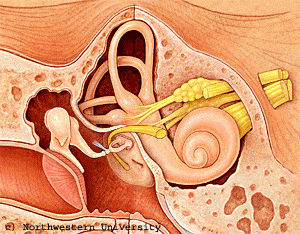
Hearing Overview
- Sound travels through the outer, middle, and inner ear
- The eardrum vibrates in response to sound waves
- Tiny bones amplify vibrations to the inner ear
- Signals are sent to the brain via the auditory nerve
At Claritone, our audiology services in Coimbatore help you understand, manage, and treat hearing loss—no matter your age or stage
Home > AUDIOLOGY

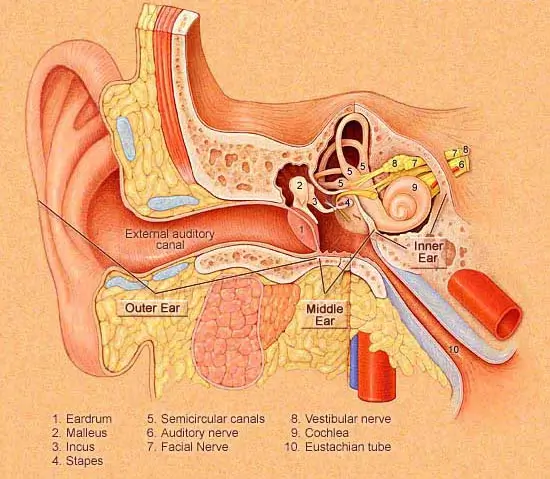
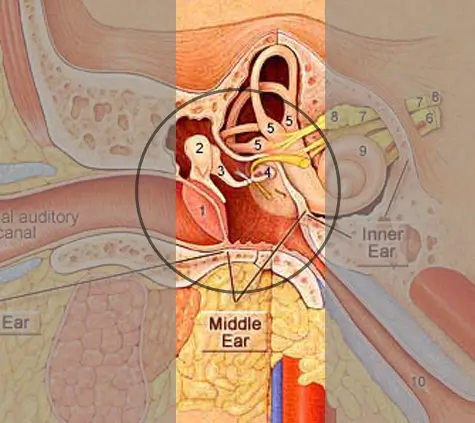
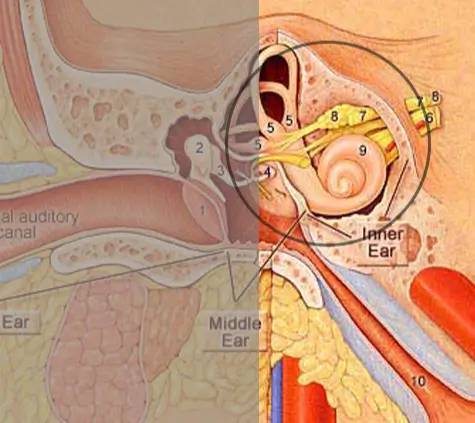
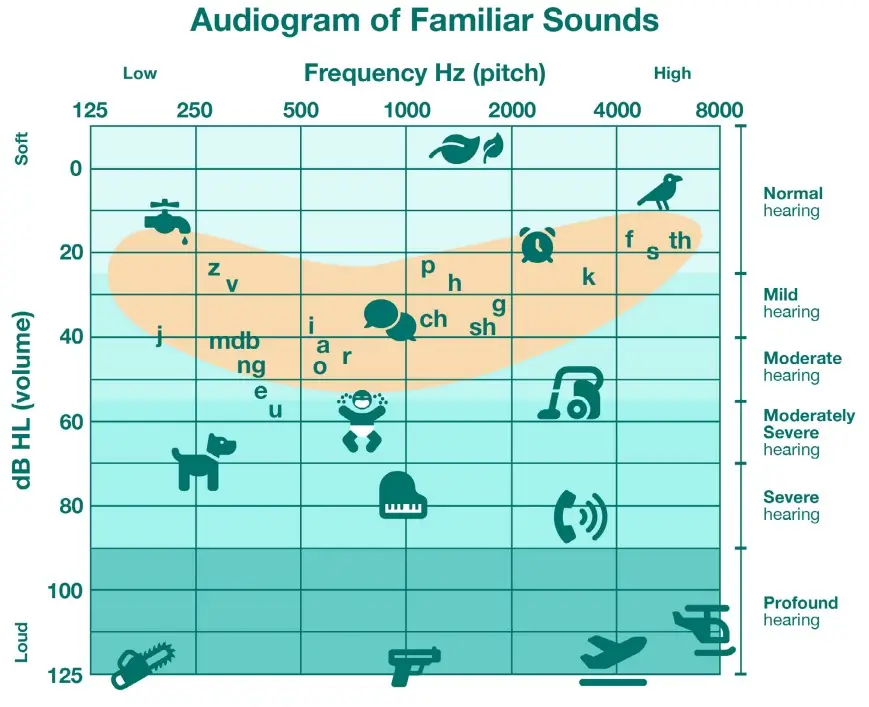
Hearing loss occurs when a person cannot hear as well as someone with normal hearing, defined as hearing thresholds of within 15 dB or better in both ears. It can range from mild to profound, affecting one or both ears and may lead to challenges in understanding conversational speech or hearing loud sounds
Individuals who are hard of hearing experience hearing loss that can vary from mild to severe. They typically communicate through spoken language and can benefit from hearing aids, cochlear implants, assistive devices, and captioning to improve their communication and quality of life
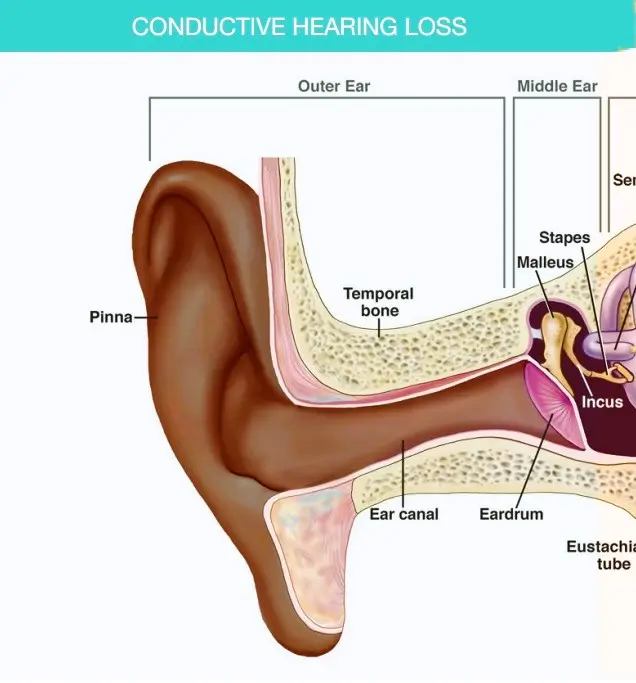
Conductive hearing loss happens when sound is unable to pass through the outer ear, ear canal, or middle ear to reach the inner ear. It may be caused by infections, fluid buildup, a perforated eardrum, or structural issues. This condition reduces sound volume, making soft or distant sounds harder to hear — but clarity remains unaffected
Conditions like infections or fluid buildup can often be treated with medication or minor surgical procedures such as grommet insertion.
Structural issues may be addressed through surgical intervention like tympanoplasty or ossicular reconstruction
Bone conduction hearing aids are particularly effective, as they bypass the problematic outer or middle ear and directly stimulate the inner ear.
Traditional hearing aids can amplify sounds to overcome the reduced transmission efficiency
Devices such as amplified telephones and FM systems can help individuals manage specific listening challenges in their daily lives
Regular hearing assessments ensure appropriate management of the condition over time
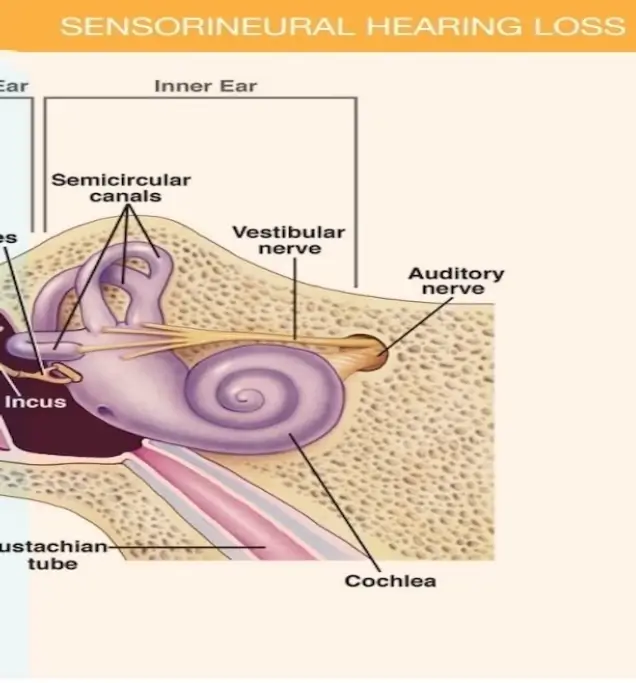
Sensorineural hearing loss happens due to damage in the inner ear (cochlea) or the auditory nerve pathways that carry sound to the brain.
It is usually permanent and the most common type of hearing loss. Causes include aging, loud noise exposure, genetics, medications, or conditions like Meniere’s disease
Advanced digital hearing aids amplify specific frequencies to enhance hearing and improve speech clarity
For individuals with severe to profound SNHL, cochlear implants bypass the damaged part of the ear, directly stimulating the auditory nerve
Devices like personal amplifiers and FM systems improve sound quality in challenging environments
Programs designed to improve listening and speech comprehension skills, particularly in noisy environments
Hearing loss often develops slowly, and many people don’t realise they’re affected. If you experience any of the signs below, it might be time for a hearing evaluation
If you experience any of the following, it’s time for a hearing check-up:
Noticing any of these signs?
Noticing any of these signs?
Modern hearing aids are smart, discreet, and life-changing. Learn how they work for you
Recognizing hearing loss early can improve quality of life
At Claritone Speech & Hearing, we provide comprehensive assessments and personalized treatment plans to help you or your loved ones achieve better hearing health